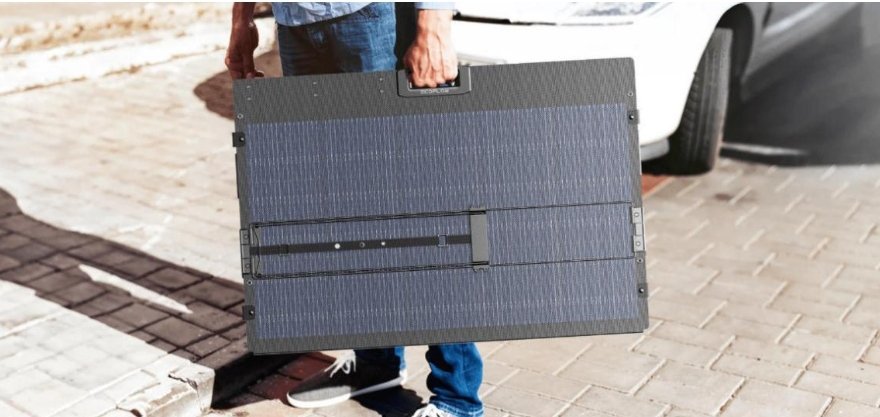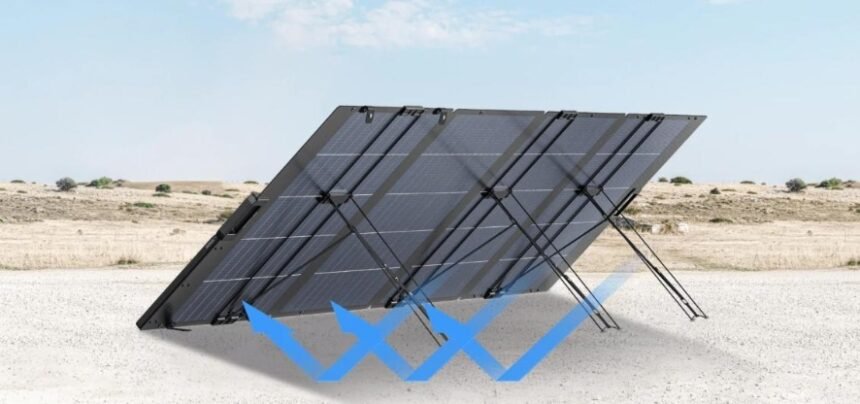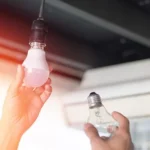Solar panels have become a common sight on rooftops worldwide, representing a practical step toward energy independence for many households. Innovative products like EcoFlow’s solar panels have brought convenient renewable energy solutions to many users, demonstrating how portable solar technology can support diverse energy needs. In this article, we will explore the key elements that influence solar panel productivity, from sunlight availability to technological specifications, providing a comprehensive guide to understanding your system’s potential.
Environmental and Physical Factors You Can’t Control
The Power of Sunlight: Intensity, Angle, and Seasonal Changes
The amount of electricity your panels generate depends fundamentally on the intensity and angle of sunlight reaching their surface, which varies significantly throughout the day and across seasons. During summer months, the sun follows a higher path in the sky, providing more direct sunlight and longer days that naturally increase energy production compared to winter. Cloud cover and atmospheric conditions also play a crucial role, with even partial shading from clouds potentially reducing output temporarily despite modern panels’ ability to utilize diffused light. These natural cycles mean your system will naturally produce more energy during peak sun hours and less during early morning, late afternoon, or cloudy periods.
The Surprising Impact of Temperature: Why Cooler is Better
Solar panels actually operate more efficiently in cooler temperatures despite relying on sunlight, with excessive heat potentially reducing their power output efficiency. The semiconductor materials within panels work optimally at moderate temperatures, typically around 25°C (77°F), with efficiency gradually decreasing as temperatures rise significantly above this point. This temperature coefficient varies by panel type but generally results in a small percentage decrease in output for every degree above the optimal temperature range. Fortunately, most panels are rated for standard test conditions that include temperature factors, and manufacturers design them to withstand normal temperature variations.

Installation and System Factors You Can Optimize
The Critical Role of Shading, Tilt, and Orientation
Even partial shading from trees, chimneys, or nearby structures can significantly impact energy production because shaded cells affect current flow throughout entire panel strings. Professional installers carefully analyze potential shading patterns throughout the year to position panels where they receive maximum uninterrupted sunlight during peak production hours. The tilt angle and orientation of your panels dramatically affect their exposure to direct sunlight, with ideal angles varying based on your geographic latitude and seasonal sun position. In the northern hemisphere, south-facing installations typically capture the most sunlight throughout the day, while north-facing orientations are preferred in the southern hemisphere. Optimizing these factors during installation ensures your system captures the maximum available solar energy specific to your location and roof characteristics.
How Inverter Efficiency and System Losses Reduce Output
The inverter’s job of converting DC electricity from your panels to usable AC power for your home involves a small efficiency loss that typically ranges from 1-3% for modern high-quality equipment. Additional system losses occur through wiring resistance, connection points, and potential soiling on panel surfaces, collectively reducing the total energy reaching your home. Microinverter systems can minimize some losses by managing conversion at the individual panel level, preventing underperforming panels from affecting entire arrays. Regular maintenance and system monitoring help identify when these losses exceed normal ranges, indicating potential issues needing attention.
The Technology Inside the Panel Itself
Panel Chemistry: Monocrystalline vs. Polycrystalline vs. Thin-Film
Monocrystalline panels made from single-crystal silicon typically offer the highest efficiency rates, making them ideal for situations where roof space is limited but maximum output is desired. Polycrystalline panels feature silicon fragments melted together, providing a cost-effective solution with slightly lower efficiency that works well when adequate installation space is available. Thin-film technology uses layers of photovoltaic materials applied to surfaces, offering flexibility and lightweight properties suitable for specific applications where traditional panels aren’t practical. Each technology represents a balance between efficiency, cost, durability, and aesthetic considerations that homeowners can evaluate based on their specific needs and constraints.
The Degradation Rate: How Panel Output Declines Over Time
Solar panels experience a very gradual decrease in output capacity over years of exposure to the elements, with most quality panels losing approximately 0.5% to 1% of their production capacity annually. Manufacturers account for this natural degradation by providing performance warranties that typically guarantee 80-90% of original output after 25 years of service. This gradual decline occurs as materials experience normal weathering effects from ultraviolet exposure, thermal cycling, and other environmental factors throughout their operational life. High-quality panels often feature lower degradation rates thanks to advanced manufacturing techniques and durable materials that better withstand long-term environmental stress.
Conclusion
Understanding the factors that affect solar panel performance helps homeowners make informed choices and set realistic expectations. While sunlight and temperature are beyond control, proper installation, orientation, and panel quality play a big role—reliable options like EcoFlow’s solar panels offer strong durability and efficiency. With regular monitoring and basic upkeep, your system can run at peak performance for years. Smart choices at the start, combined with ongoing attention, lay the groundwork for a successful solar energy experience.









